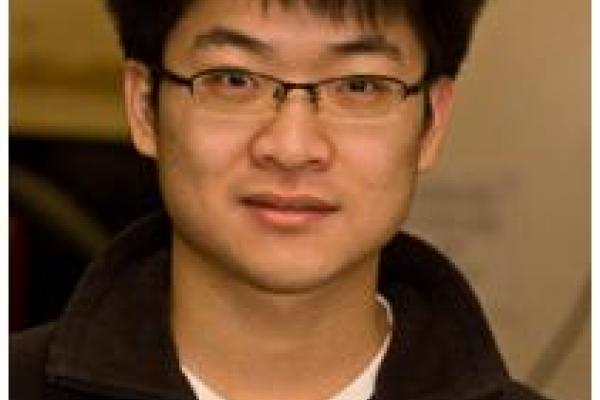
Electron acceleration using multi-millijoule laser pulses (8 mJ, 32 fs) was studied both in experiments and with particle-in-cell (PIC) simulations. The wakefield acceleration experiments in this presentation are the first of their kind at 0.5 kHz repetition rate and the first to use a relatively low peak-power (0.3 TW) laser system. Generation of sub-relativistic (∼100 keV) electron beams from laser wakefield acceleration was demonstrated using this high-repetition rate system. A feedback optimization method was implemented to improve the performance of laser wakefield acceleration through coherent manipulation of the wavefront of the driving laser pulse, enabled by the stability and high-repetition rate. The structure and dynamics of the plasma wave can be subsequently controlled, leading to more than one order of magnitude improvement on the generated electron beam properties such as beam charge, divergence and transverse emittance. Finally, the feasibility of using wakefield electrons for ultrafast studies was investigated through proof-of-principle electron diffraction experiments and a demonstration of probing the ultrafast dynamics of a non-equilibrium plasma. <?xml:namespace prefix = o />
